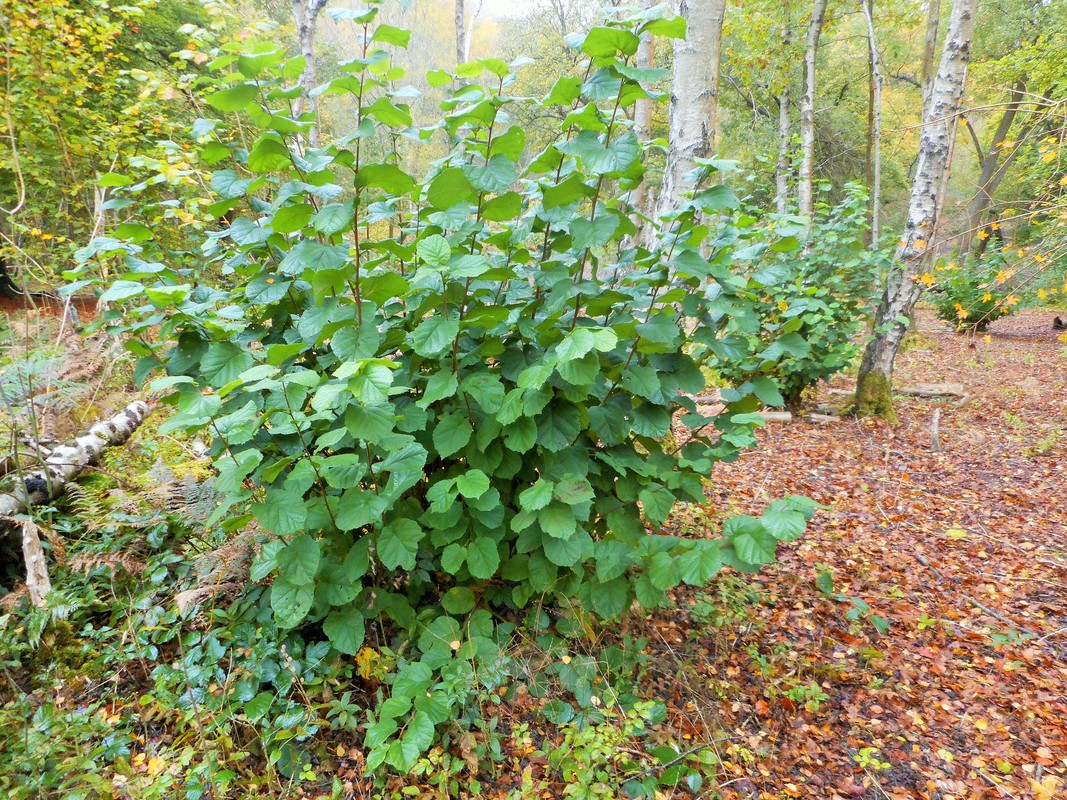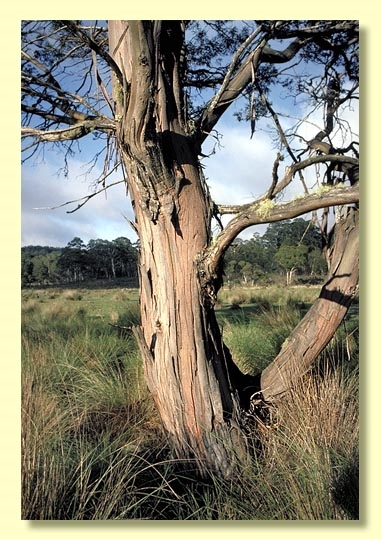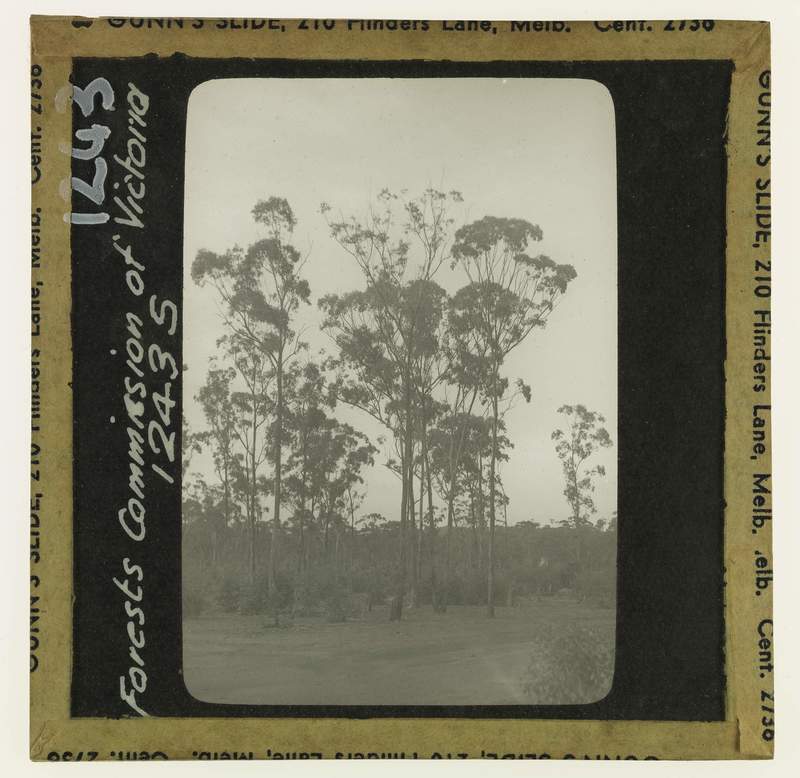

To date, the most successful and widely applied biotechnology tool to tree improvement has been vegetative production using micropropagation techniques (see Campbell et al. The application of biotechnology to genetically improve trees, especially hardwoods, is in its relative infancy compared to agronomic crops, despite the potential for greater selection gains ( Fenning and Gershenzon 2002, Merkle and Nairn 2005).

Therefore, micropropagation is unlikely to detrimentally influence above-ground biomass accumulation beyond the first harvest rotation. The results presented here suggest that the micropropagated leaf morphology and the resultant growth reduction is transient and micropropagated plants coppice just as vigorously as seed-derived plants. The morphological distinction between leaves of micropropagated and seed-derived plants was no longer evident in the coppice regrowth. The coppice growth was so vigorous in the 12 months after de-topping that total above-ground biomass equalled that of the 27-month-old saplings, irrespective of propagation source. polybractea saplings coppiced vigorously in the 12 months after de-topping. In the field study, all micropropagated and seedling-derived E. Lower SLA, rather than differences in root allocation, is likely to be a key contributor to the lower relative growth rates observed in early sapling growth of micropropagated clones. polybractea induces somaclonal variation that manifests in more mature leaf morphologies such as increased foliar oil concentrations and lower specific leaf area (SLA), attributable to an isobilateral arrangement of increased palisade mesophyll layers. The results of the greenhouse study suggest that micropropagation of E. Secondly, the study aims to compare the coppicing ability of micropropagated clones with related half-sibling seedlings using de-topped plantation-grown saplings. This study aims to use a greenhouse study to investigate if micropropagation induces somaclonal variation that can account for the reduction in above-ground biomass in E. polybractea trees has resulted in selection gains for foliar oil traits, but decreased above-ground biomass accumulation has been observed in clones compared to related half-sibling families. Baker, a commercially important eucalypt grown in short-rotation coppice cultivation and harvested for its foliar 1,8-cineole oil. Poplar in the second growing season of coppiced growth in Jefferson, Oregon.A micropropagation protocol was recently developed for Eucalyptus polybractea R.T. Additional harvests will occur on two or three year cycles. After the first two growing seasons, each site was harvested, producing promising yields of biomass. Crop care includes weed management and monitoring for pests and disease. Ongoing research will improve poplar growth and production systems for bioenergy feedstocks.Īt AHB’s “Poplar for Biofuels” demonstration sites, the hybrid poplars were planted as cuttings in the spring of 20 at a density of 1452 trees per acre with 10 feet between the crop rows and 3 feet separating the trees within the rows.

The growth and yield of poplars are influenced by multiple environmental conditions including climate, nutrient and water availability, and weed competition. Biomass yields will likely range from 5-9 bone dry tons (BDT) per acre per year. In the Pacific Northwest, hybrid poplars will typically grow 5-12 feet per year depending on the quality of the site and management intensity. In contrast, the poplars being developed for biofuel production will be grown as a woody perennial agricultural crop on three-year coppice production cycles. Poplar plantations for these other markets are grown on 8 to 15 year rotations, harvested using conventional logging equipment and regenerated by replanting after harvest. The poplar bioenergy cropping system is very different from the poplar systems that were developed over the past several decades for pulp and paper, veneer, and sawn wood markets. The poplar rotation thus lasts for 18-21 years.Ĭoppicing produces multiple stem instead of a single trunk. The trees will re-sprout and will be harvested again on a continuous cycle that can be repeated every three years, six or seven times before the grower would need to replant the trees. Poplar grown as a bioenergy crop is harvested every three years using a single-pass system that cuts and chips the trees as the harvester moves down the crop row. Coppicing works well for bioenergy systems where the goal is to maximize the biomass, rather than produce tall straight trees for sawn wood products.

In the spring, new stems sprout from the root stock to regenerate the stand. Coppicing is a silvicultural method in which the poplars are cut near the ground at harvest. Hybrid poplar can be grown for bioenergy as a short-rotation woody crop (SRWC) on a succession of coppice production cycles.


 0 kommentar(er)
0 kommentar(er)
